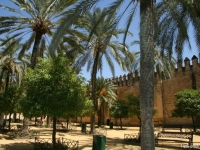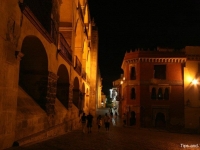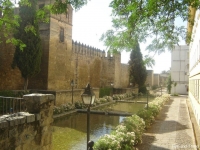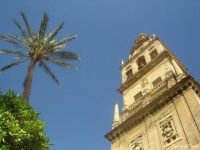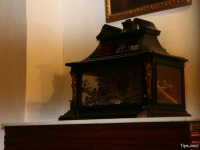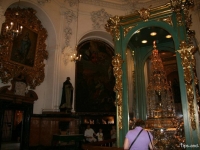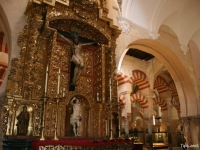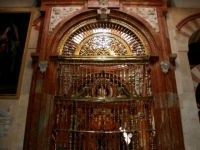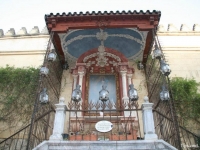Córdoba is a city located in the South of Spain, in Andalusia, capital of the province of the same name; located on the river Guadalquivir. Its historical centre is a UNESCO heritage. In 169 BC, it was occupied by the Romans and we can still find several monuments dating from that period. After the collapse of the Western Roman Empire the city passed into the hands of the Vandals and the Visigoths also having a brief Byzantine interlude. In 711, the Muslims conquered the city and it became the administrative and political centre of Muslim Spain. Throughout the 10th century, it competed with Baghdad by the size and its magnificence. It was one of the most populated cities of the West (year 1000), it had more than 600 mosques and 900 public baths. The city or Medina was surrounded by a wall beyond which the suburbs (rabad) developed and there was also a Jewish neighbourhood. The main monument is the Great Mosque. The craft was very present, they worked the leather, they manufactured paper and books and they also worked in the textile industry. It was a fairly cultured city. Around the years 1030 the Caliphate began to collapse, in 1086 the town was occupied by the Almoravids and in 1149 by the Almohads; its long decline began. Ferdinand III of Castile took over the city in 1236 but its decline continued. Muslims were still tolerated in the first decades of the Castilian domination and the Grand Mosque was converted into church under the rank of Cathedral. To see: the Cathedral, the Synagogue (one of the three Spanish synagogues remaining from the middle ages), Fernandine and Alfonsine churches (13th century), the Alcazar, the Church of Santa Marina, the walls encircling the city with its towers of origins Muslim and Christian, the Roman archaeological remains. the Muslim archaeological remains, the Roman bridge, the Judería (Jewish quarter), even as several gardens and parks among others.
Tips
In the Cathedral, there are small streets with typical patios, take a good walk, you will appreciate. If you’re there in May, you will find flowers everywhere.
If you like photography, please feel free to take beautiful images by going to the Roman Bridge especially in the sunset.
A good way to get there is by train, you can reach it from Madrid (1 h 45). from Barcelona (5 h 30) and from Sevilla (1 h 10). Once arrived, you count with a bus service.
